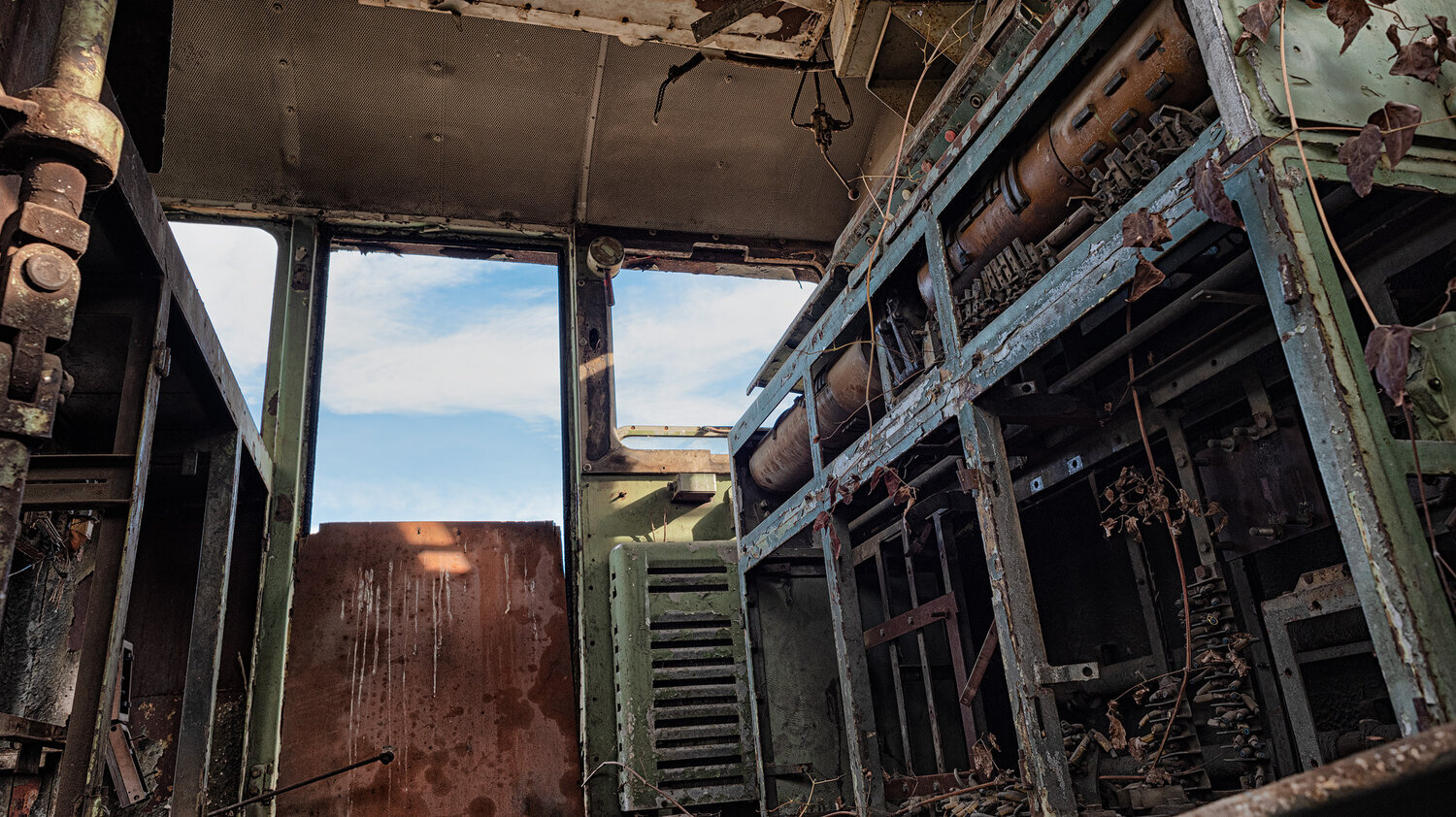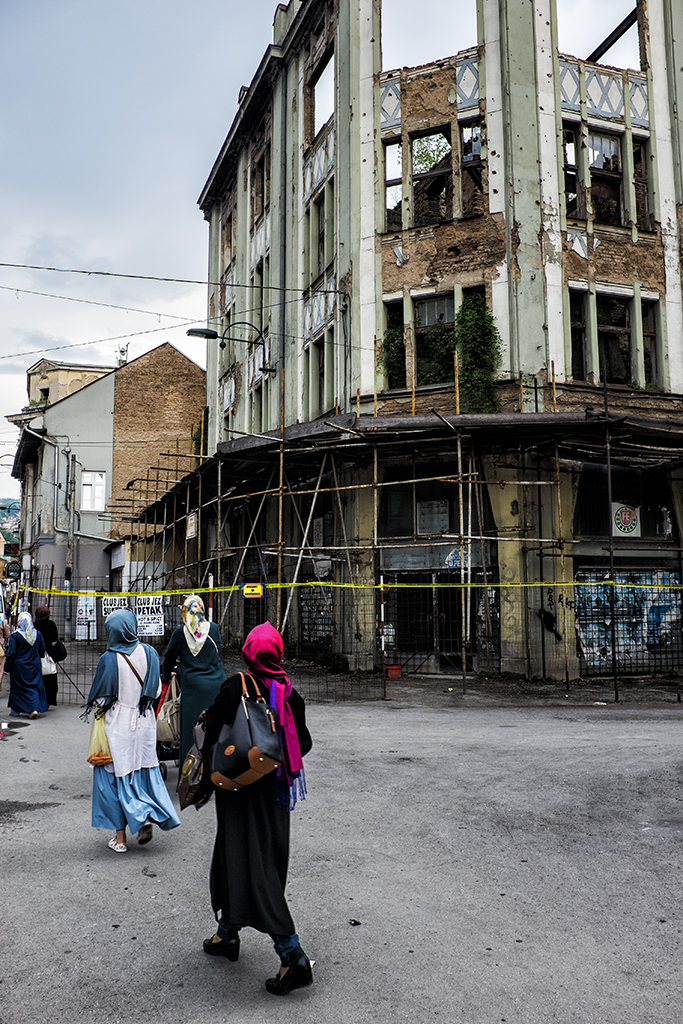Going back to the end of November 2019, And I find myself in the salubrious surroundings of a ‘Railway Graveyard’, in a suburb of Pristina, Kosovo. Granted, not your average holiday destination… but I don’t really do average. A very unusual place to visit, but I couldn’t miss this when in the Country, and as is usual on these types of things, it didn’t come without it’s challenges…
The Kosovo War was an armed conflict in Kosovo that started 28 February 1998 and lasted until 11 June 1999. It was fought by the forces of the Federal Republic of Yugoslavia, which controlled Kosovo before the war, and the Kosovo Albanian rebel group known as the Kosovo Liberation Army. (Source: Wiki)
Wartime Markings
Due to most of the Railway Rolling Stock being impounded or destroyed by the Serbs durng the war, Kosovo ended up with numerous secondhand Locomotives and Coaches from other Railways in Europe, noteably 4 Nohab Loco’s from Norway, and Passenger Cars from Germany, Sweden, and Switzerland.
Norweigan built, donated by Swedish Railways.
A lot of these now lie broken and will never run again, parts obviously being the main issue and lack of staff to keep a full maintenance regime going, lot’s of markings from the War still remian on the loco’s, The NATO symbol and KFOR (KFOR was a NATO-led international peacekeeping force) can be seen on numerous loco’s in these images.
Now as you would imagine this is still quite a sensitive Country and walking around a live railway installation with a camera and tripod isn’t the greatest idea but I’d already decided that it was worth a look and this would maybe the only time I would get to do it (see also earlier blog post on Sarajevo). I’d done my research before travelling and I had a pretty good idea of where it was, after getting a taxi out of town and being dropped off in the middle of a random housing estate we quickly found the railway lines and worked out where everything was, the easiest route to it seemed to be by just folowing the railway lines, whilst you could never do in Britain it isn’t a problem at all over here as every man and his dog just walks along the lines to get where they are going. Once at the Railway Depot the intention was to go and ask someone if it was OK if we took some pictures, explain we were from the UK and no threat to anyone, problem was there wasn’t a soul in any building, there was a loco running in one of the sheds but nobody about at all apart from one guy who appeared to be fixing a roof.
Luckily he spoke a little English and we managed to find out he didn’t actually work on the Railway and was just doing some odd jobs about the place, with this in mind I decided to just go and find the scrapyard area and get busy, I wasn’t getting this far and giving up on it.
A good hour or so was had photographing the old scrap Loco’s and exploring the lines of ex Yugoslavian vehicles, lots of which were adorned with all the war markings, we decided to head over to another shed where there appeared to be even more stuff hidden away, as we did a scruffy looking man just appeared out of nowhere and beckoned us to come over, he didn’t speak of word of English but the general jist of it was that we definitely shouldn’t be there and needed to leave immediately. My mate was more than willing to just leave but I still hadn’t finished and wanted to see the other bits so I got the roof repair guy to help us translate with this other ‘Security’ guy. To cut a long story short he was saying we needed permission off the Railways to be there and would need to leave so I said to the roof man here show him this, and handed him a railway pass for the neighbouring Country of Macedonia, he looked at it for a few moments, (obviously no idea what it was apart from the distinct railway logo stamped on it) and then declared that he was sorry he had asked us to leave and that we were now welcome to stay, furthermore he would show us around the place!! If you don’t try you don’t get….! another 30 mins or so were spent looking around different areas, and getting pics before we bid our new friend a good day and walked off back down the line to the deserted and seemingly forgotten station (pics below) to catch one of the only trains of the day back into Pristina.
Well hidden away, Ex Swedish Railways, this was thought to have been scrapped many years ago
Pre war ‘Yugoslavian Railways’ logo
Rows of scrappers
NOHAB, Norwegian built Loco’s
Original Builders plate from Canada,1980
Often the only way to get onto the next line was to climb through gaps like these.
Long abandoned ex Yugoslavian Diesels
Stripped for parts.
Forlorn
Journeys end.
Dumped.
Rows
Crude numbering
Head of the line.
Forgotten Giants
Dumped NOHAB
More broken stock.
NATO & KFOR logo’s
Old ‘Yugoslavian Railways’ plate.
Old advert at the deserted station
Arrivals and Departures - none.
The long wait.
All images ©PeteRowbottom2019 - not be used or reproduced without permission.































